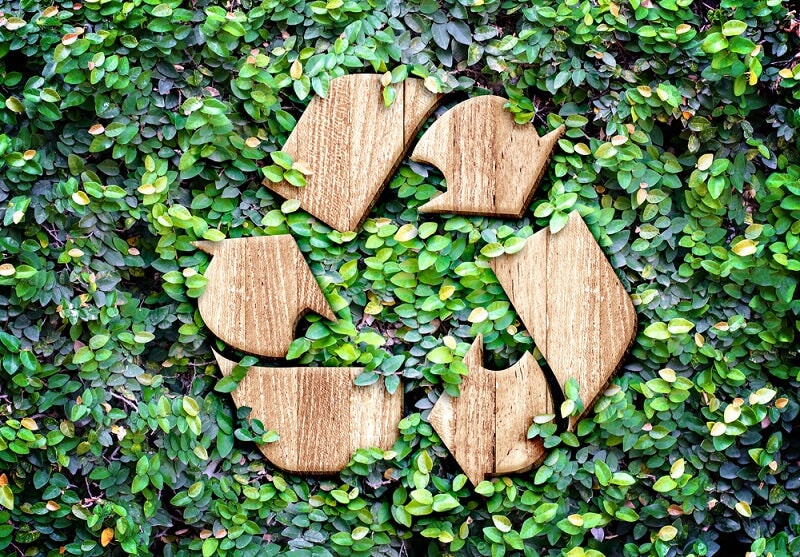
TLDR
One of the crucial steps of waste management is recycling. You might have heard the 4 Rs of recycling, which are reduce, reuse, recycle, and repurpose. If you’re a newcomer to green living, or if you’ve been encouraging friends and family to live a more eco-friendly lifestyle, you’ve likely encountered a common question: “What does recycle mean?”
In this guide, we’re answering that central question definitively.
We’ll explore the basics of recycling, describe the recycling process, and explain where you stand in what the EPA calls a “circular economy” of materials.1
Recycling 101
The EPA describes recycling as “The process of collecting and processing materials that would otherwise be thrown away as trash and turning them into new products.”2
Let’s break that definition down into its key parts. Recycling requires:
Simply put, the recycling process turns things you can recycle into new items that, theoretically, can be continuously recycled in what the EPA calls a “circular economy” of materials—a system that circulates the same materials for as long as possible.3
The History of Recycling
Americans have been recycling for much longer than expected. Historians have described various instances of recycling over the last two centuries:4
- In the early to mid-1800s, “rag men” would collect old, worn-out cloth door-to-door—cloth that would be made into industrial rags and, eventually, paper.
- Garbage pickup began in the late 1800s, and many cities sorted their garbage using conveyor belts (a practice we still use today). Cities sold the reusable trash items to manufacturing and industrial companies, and some even sorted out organic items for use as animal feed.
- Everyday, citizens collected recyclable material to contribute to World War efforts—things like tin cans, cloth, cooking oils and fats, and even toothpaste tubes.
- In the 1970s, landfills began overflowing as the trash collection system continued to grow in the US. To prevent this, many cities introduced curbside recycling to encourage everyday citizens to recycle and streamline the sorting process.
Today’s recycling systems are the result of over two hundred years of savvy conservation efforts among Americans—and recycling systems abroad have even longer histories.
Does Recycling Actually Work to Help the Planet?
Yes, recycling actually works. Here’s how:5
The numbers add up—recycling just makes sense.
The Recycling Process
With the basics broken down, let’s get into the nitty-gritty—what does “recycle” mean from a processing standpoint? Here’s a step-by-step explanation of how your trash becomes a recycled product.
#1 You Contribute Recyclable Material
The recycling process starts with you. Let’s explore a hypothetical:
- You purchase a plastic container of laundry detergent pods from the grocery store.
- You use all of the laundry pods, so you’re ready to dispose of the container they came in.
- Instead of throwing the container into the garbage with the rest of your non-recyclables, you set it aside for recycling.
When you toss that container into your curbside recycle bin or take it to your local trash facility, you set off a chain reaction that will eventually produce new, usable material. You are the key to the whole recycling process.
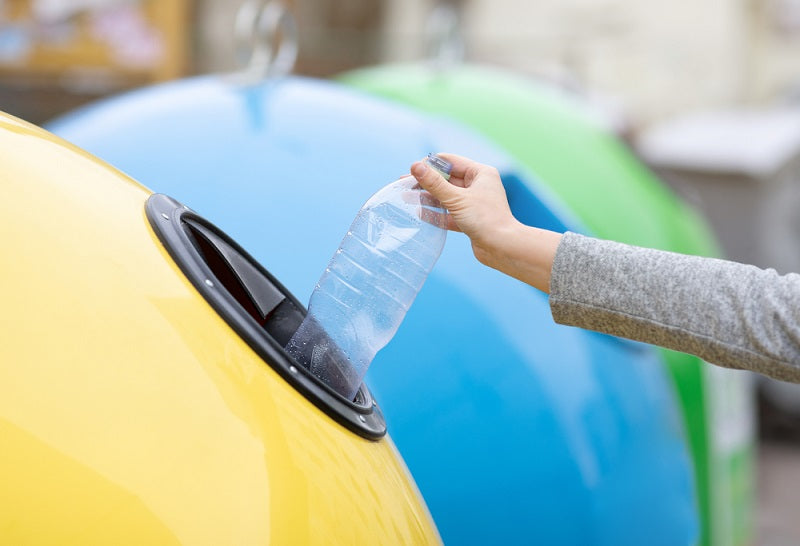
#2 A Waste Processing Center Initiates the Recycling Process
After you make the conscious decision to recycle, your municipal garbage pickup service will collect the materials in your bins and deliver them to a local landfill, transfer station, or recycling facility—or you’ll drop off your recyclables to a facility yourself if your neighborhood doesn’t offer trash pickup.
Once these materials arrive at their processing location, workers at this facility will:6
- Sort the recyclable materials into more specific categories (if this hasn’t been done already)
- Wash the recyclables—either give them a quick rinse or a more in-depth pre-treatment before processing starts
- Begin processing them, or send them to a facility that processes recyclable materials
What does “processing” look like? It depends upon the material.
- Plastic is typically shredded into flakes or melted into pellets.7
- Metals are typically melted for alloy separation and ease of transport.8
- Aluminum must be shredded before melting
- Tin cans (which are actually 95% steel) must be “detinned” before melting
- Copper must be graded before recycling—only high-grade copper is recyclable
- Paper products undergo a multi-step process:9
- Paper products are sorted and cleaned first
- A “pulper” churns paper into pulp using water
- The pulp is strained and sifted for contaminants
- The clean pulp is rolled into sheets and dried
#3 Manufacturers Source Recycled Materials to Make New Items
Once recyclables are turned into clean, reusable materials, recycling centers and processing facilities ship them to manufacturers, who make new products:
Let’s return to the laundry detergent pod container hypothetical:
After your recycling center turns the container into shavings or pellets, those are shipped to a manufacturer, who melts and molds them into a new product—perhaps even another laundry detergent container. Your recycled container could theoretically become (or form a part of) any kind of plastic product.
#4 You Purchase Items Made from Recycled Materials
The recycling process doesn’t end when a manufacturer makes a new product out of recycled materials—ideally, the recycling process doesn’t end at all.
Recycling is one of many methods used to create a circular economy. But, in order for that economy to become circular, consumers must purchase items made from recycled materials, recycle those items, and repeat that process.
In an ideal world, recycling is a closed loop that infinitely uses the same materials—we’re not there yet, but you can help reach that reality faster by recycling and purchasing products made from recycled materials.
How does recycling save money? Because it eliminates the creation of other materials, this helps reduce the price of raw materials.

Your Role in the Recycling System
Each individual plays a critical role in the (ideally circular) recycling system—if consumers don’t recycle materials, purchase recycled items, and return those recycled items back into the system, the manufacturing process remains reliant (to a degree) upon new materials.
While this idea might seem far-fetched, experts agree that (for plastics in particular), a closed loop of material production is possible. And, the more people recycle, the faster we can create that circular economy.
How to Start Recycling
If you don’t recycle already, it’s easy to start. If you live in a neighborhood with a municipal trash pickup service, you can start recycling by:
- Contacting your local trash pickup service or recycling center—they can provide bins, which are usually free or low-cost
- Reading up on recyclable items in your area—every recycling center is different, and they don’t all accept the same materials
- Sorting out your recyclables and adding them to your bins
If your neighborhood doesn’t offer curbside trash pickup, you can still participate:
- Find your nearest landfill, garbage collection center, or transfer station. You may already use this location for your household garbage.
- Ask if they accept recyclables—they probably do. When you take your trash to the landfill or station, there are likely separate bins that you can use to deposit your recyclables. Take note of which materials they accept.
- Devise a system for collecting your recyclables and sorting them before you head to the landfill or station. Your local facility may offer free recycling bins, or perhaps you can create your own out of existing trash cans, cloth laundry hampers, or other large containers.
While it takes a little extra effort to contribute to the recycling effort, you can take pride in the fact that you’re saving energy, supporting the economy, and protecting the planet.
Reel Paper: Harnessing the Power of Recycled Materials
Recycling describes a process of turning used materials into new ones—a practice that can save energy, conserve landfill space, and prevent pollution. But, recycling isn’t the only way to live an eco-friendly lifestyle. From buying bulk toilet paper to using refillable products, future-minded consumers also explore new sustainable materials—like bamboo.
At Reel Paper, we’re doing just that. Single-use paper products are essential to our everyday lives. But, instead of making these must-haves from new tree pulp, we’ve developed alternatives—recycled paper towels and bamboo toilet paper. These products have the potential to revolutionize everything we know about disposable paper products.
We believe in sustainability without sacrifice. Our soft, sustainable paper is plastic-free, tree-free, and (most importantly) compromise-free. Check out our products, and discover the sustainable future of paper.
Sources:
- US Environmental Protection Agency. Reduce, Reuse, Recycle.https://www.epa.gov/recycle
- US Environmental Protection Agency. Recycling Basics.https://www.epa.gov/recycle/recycling-basics
- US Environmental Protection Agency. What Is a Circular Economy?. https://www.epa.gov/recyclingstrategy/what-circular-economy
- History. When Did Americans Start Recycling?. https://www.history.com/news/recycling-history-america
- Stanford University. Frequently Asked Questions: The Benefits of Recycling. https://lbre.stanford.edu/pssistanford-recycling/frequently-asked-questions/frequently-asked-questions-benefits-recycling
- Recycle Now. How Is Plastic Recycled?. https://www.recyclenow.com/how-to-recycle/how-is-plastic-recycled
- Recycle Nation. How Is Metal Recycled?.https://recyclenation.com/2010/12/metal-recycled/
- American Forest & Paper Association. Paper Recycling Process. https://www.afandpa.org/priorities/recycling/paper-recycling-process
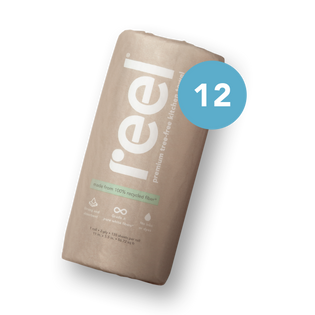

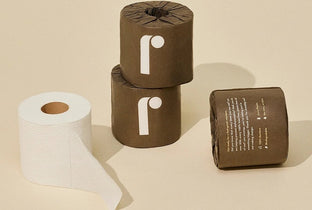
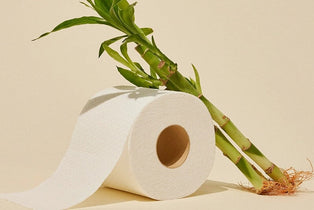
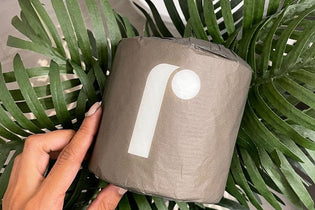
0 comments